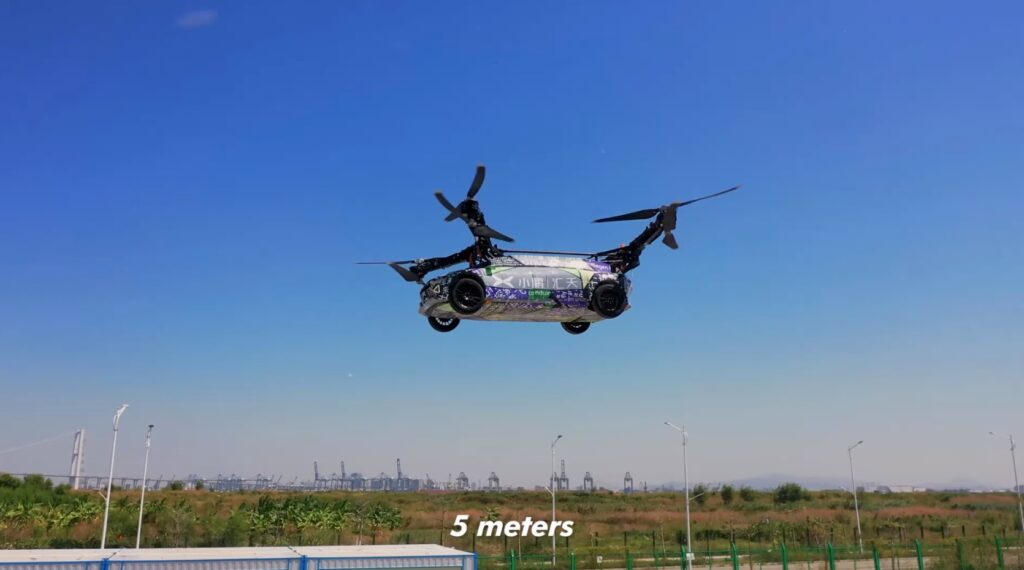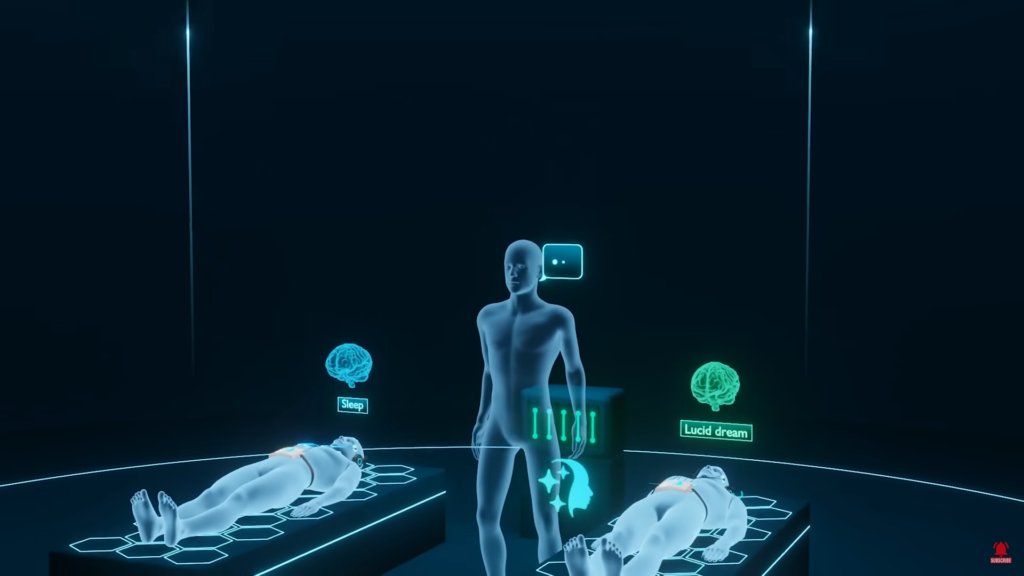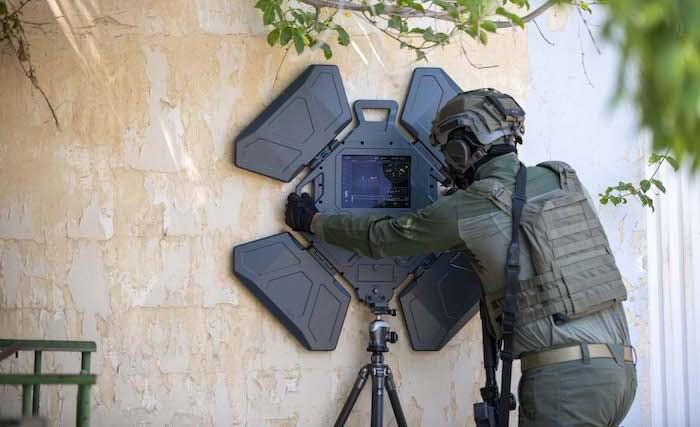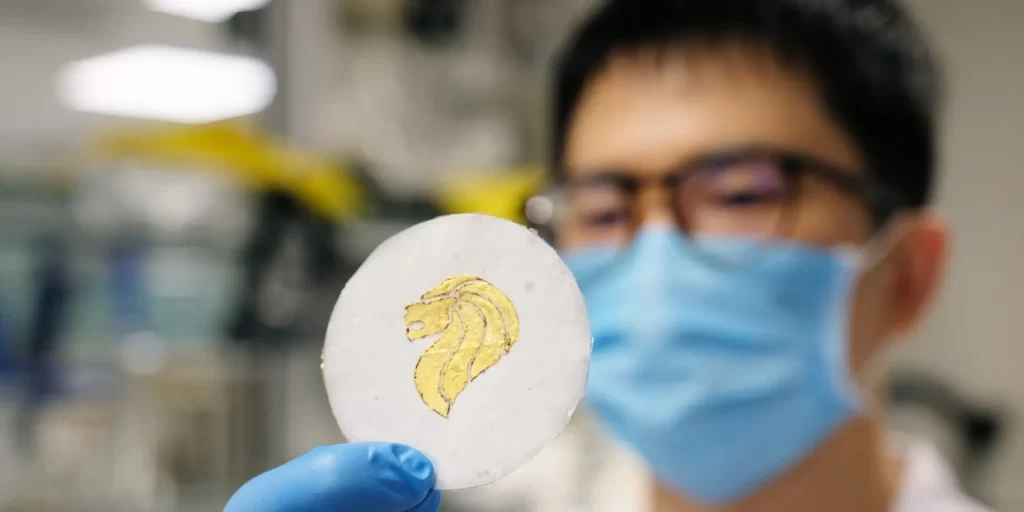Flying cars started up a craze in internet and social-media, where people are more excited to witness how could a car eventually fly. Couple of companies, including PAL-V, AirCar & China’s Xpeng, dedicated themselves to manufacture flying cars in the decade. The futuristic reality that many might have the sophistication to fly on their own, could be the reason for the craze of those flying machines.
Test flight of a flying car had already happened, when BMW-powered AirCar proved it by having a 35-minute intercity flight on June 28th of 2021. However, AirCar is not a regular car that runs on roads, but a dual-mode aircraft vehicle that has wings like in aeroplane, which implies that it could be only flown and not driven on regular roads, due to its long rigid wings.
And here comes China’s Xpeng Flying Electric Car with Vertical take-off and landing (VTOL), successfully completing its first flight in China. Xpeng Motors, shortly called Xpeng, is a Chinese Electric Vehicle manufacturer, which now also focusses on creating eVTOL (electric VTOL) vehicles with its separate holding – XPeng HT.
XPeng VTOL Flying Electric Car




XPeng aims to render a true flying car that you can drive around on the highway and then lift off vertically to cruise over traffic jams. The flying car has giant drones attached to its roof, responsible for the flight.
XPeng’s eVTOL car named as X3, equips eight-rotor coaxial vertical lift system mounted on its top, that unfolds while taking flight and folds while running on roads, so it just looks like a car carrying luggage on its top.
Normally, weight acts as a considerable hurdle for flying cars, especially with vertical-takeoff vehicles, to provide enough thrust for the vehicle to lift off from ground. And an electric-car with batteries, and all other car-essentials along with passengers adds more weight on the vehicle, which indeed requires a great lift-off power.
It happens to be the reason why a smaller number of companies are indulged in VTOL flying cars. In the case of XPeng, however, X3 weighing 1936kg successfully made its full-size prototype, having a smooth takeoff, flight and cool landing.
X3 is just like any other Car!


The company noted that it even stopped one or more of the rotors in mid-flight to explore what might happen if motors fail while the vehicle is still in the air.
Just like a normal car on roads, X3 behaves as simple as that, with only difference of huge drones on its roof.
During the flight, you need to still use the steering wheel to turn the car around in preferable directions and it wouldn’t be too different from just driving the vehicle, says XPeng. Besides the steering wheel, the driver/pilot would also have to use a right-handed lever to make the vehicle move forward, back and up and down as well as turns and hovers.
Related Posts
What’s Next?
Getting a 2-ton vehicle in air and powering it to fly dozen miles on one charge of its battery, is quite a difficult task, the company admits. It is not completely clear if Xpeng is intending to bring this X3 into production or if it’s a development prototype for testing and data gathering. However, since the test was a success, the company feels optimistic to deliver the world’s first e-VTOL flying-car anytime in future.
India too has plans for VTOL flying cars with its Chennai-based startup “Vinata“. With many projects under building, future may have number of companies making its own flying vehicles, just as automakers do make normal vehicles.






